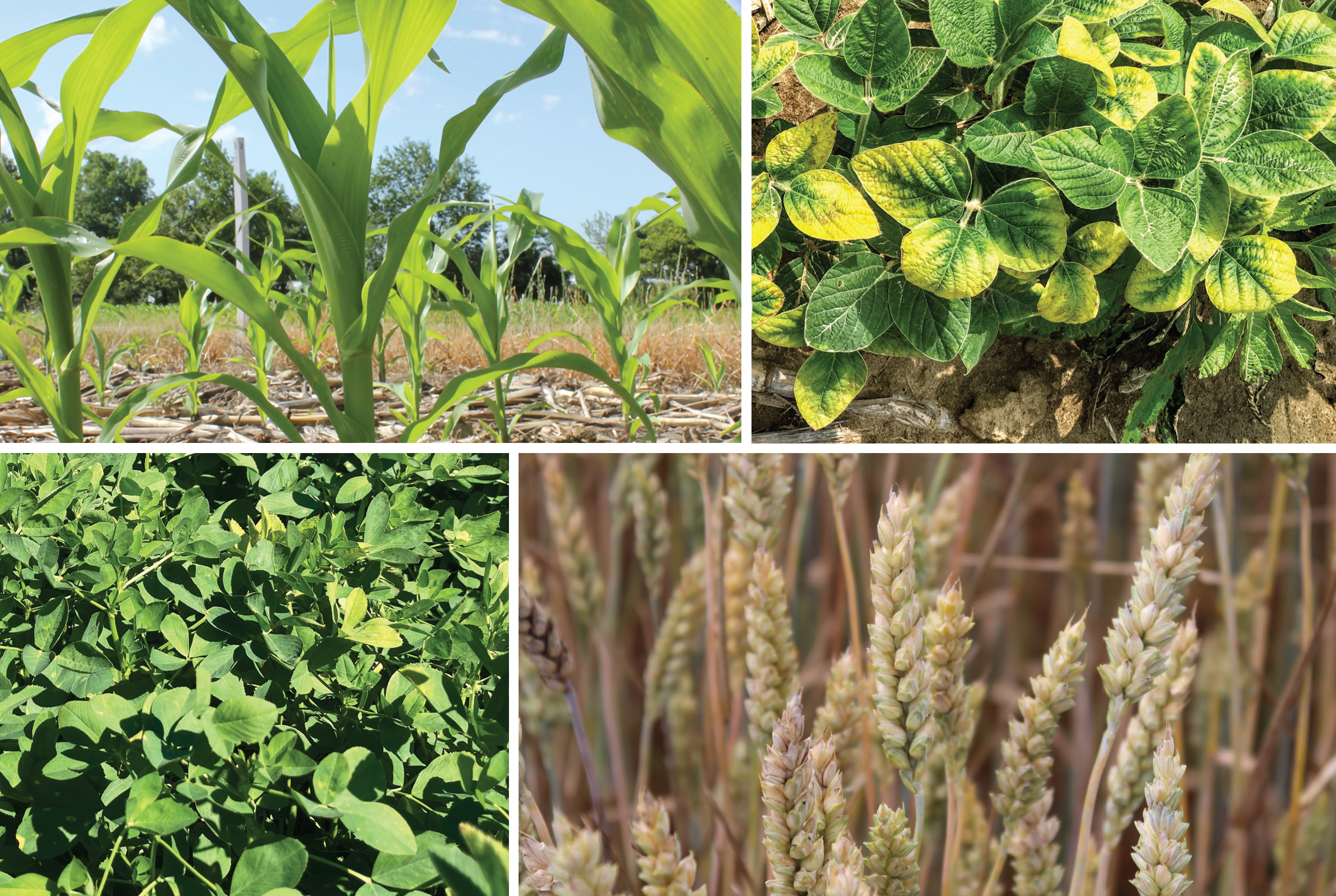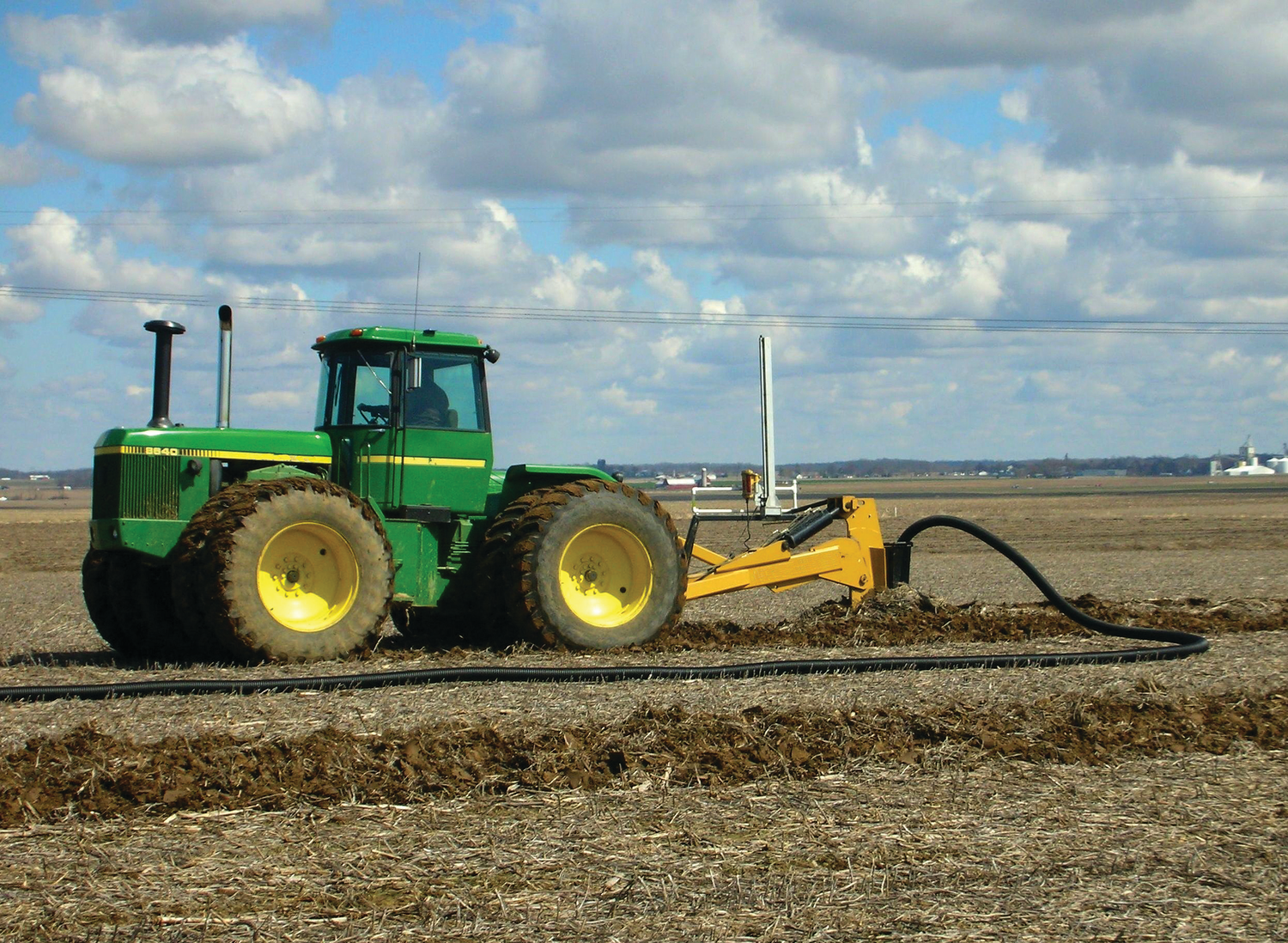Updated Tri-State Fertilizer Recommendations Available

After 25 years, the Tri-State Fertilizer Recommendations for Corn, Soybeans, Wheat, and Alfalfa guide has been comprehensively updated and is now available. This update is due in large part to funding from the Ohio Soybean Council (OSC) and soybean checkoff. The full version can be downloaded as a free pdf, or a printed copy can be purchased at: www.soyohio.org/TriState.
The recommendations are based on more than a decade of field trials evaluating N, P, K, S and micronutrients, including over 300 on-farm trials across 41 Ohio counties. This work confirms that the original Tri-State recommendations provided sound guidelines for nutrient management. However, some changes in the recommendations have been made to keep pace with contemporary practices in Ohio’s field crops. This new guide provides an objective framework for farmers to manage nutrients as judiciously and profitably as possible.
“These updated Tri-State Fertilizer Recommendations can help farmers make decisions that are best for both their farm and their bottom line,” said Jerry Bambauer, Auglaize County soybean farmer and chair of the OSC Research Committee. “Especially with input costs on the rise, these recommendations demonstrate what will get the highest yield while maintaining profitability, which is a key goal for the soybean checkoff.”
Extensive research station and on-farm trials have been conducted over the past decade to validate and refine the guidelines. In general, the fertilizer recommendations originally published in 1995 provide a solid framework for managing fertilizers and soil fertility. However, some changes have been made to the recommendations. Soil sampling remains a critical component of effective nutrient management.
- Sample soil in a consistent way every 3 to 4 years, with samples representing no more than 25-acres.
- Adapt nutrient management based on trends over time.
- Soil pH remains one of the most important aspects of supplying adequate nutrition to crops.
- Soil pH should be kept between 6.0 and 6.8 for field crops.
- Optimizing nitrogen management is challenging and requires careful consideration of many factors.
- Nitrogen rate recommendations for corn are based on an economic model designed to maximize farmer profitability (maximum return to N (MRTN)) available at cnrc.agron.iastate.edu.
- Framework for P and K fertilizer management has been updated to reflect current economic and soil sampling realities.
- Build-up range is recommended but not required.
- Drawdown range has been removed from the framework.
- Mehlich-3 is now the default soil extractant that has replaced Bray P1 for phosphorus and ammonium acetate for base cations. Mehlich-3 P returns approximately 35 percent higher soil test phosphorous (STP) values than Bray P1. Mehlich-3 K returns approximately 14 percent higher soil test potassium (STK) ammonium acetate.
- Critical levels for all crops are largely consistent with the original recommendations, except for revising the values to reflect Mehlich-3 as the soil extractant. Critical levels for corn silage and alfalfa were not evaluated, but are assumed to be consistent and remain unchanged from the original Tri- State Fertilizer Recommendations for Corn, Soybeans, Wheat, and Alfalfa.
- Crop removal rates were updated with current analyses of grain P and K concentrations.
- Nutrient removal rates per bushel of grain have decreased, especially with potassium. This represents an opportunity to save on fertilizer costs. See go.osu.edu/grain.
The authors of the Tri-State Fertilizer Recommendations for Corn, Soybeans, Wheat, and Alfalfa include Steve Culman, Anthony Fulford, James Camberato, Kurt Steinke, Laura Lindsey, Greg LaBarge, Harold Watters, Ed Lentz, Ryan Haden, Eric Richer, Bethany Herman, Nicole Hoekstra, Peter Thomison, Rich Minyo, Anne Dorrance, Jeff Rutan, Darryl Warncke and Cassandra Brown.

